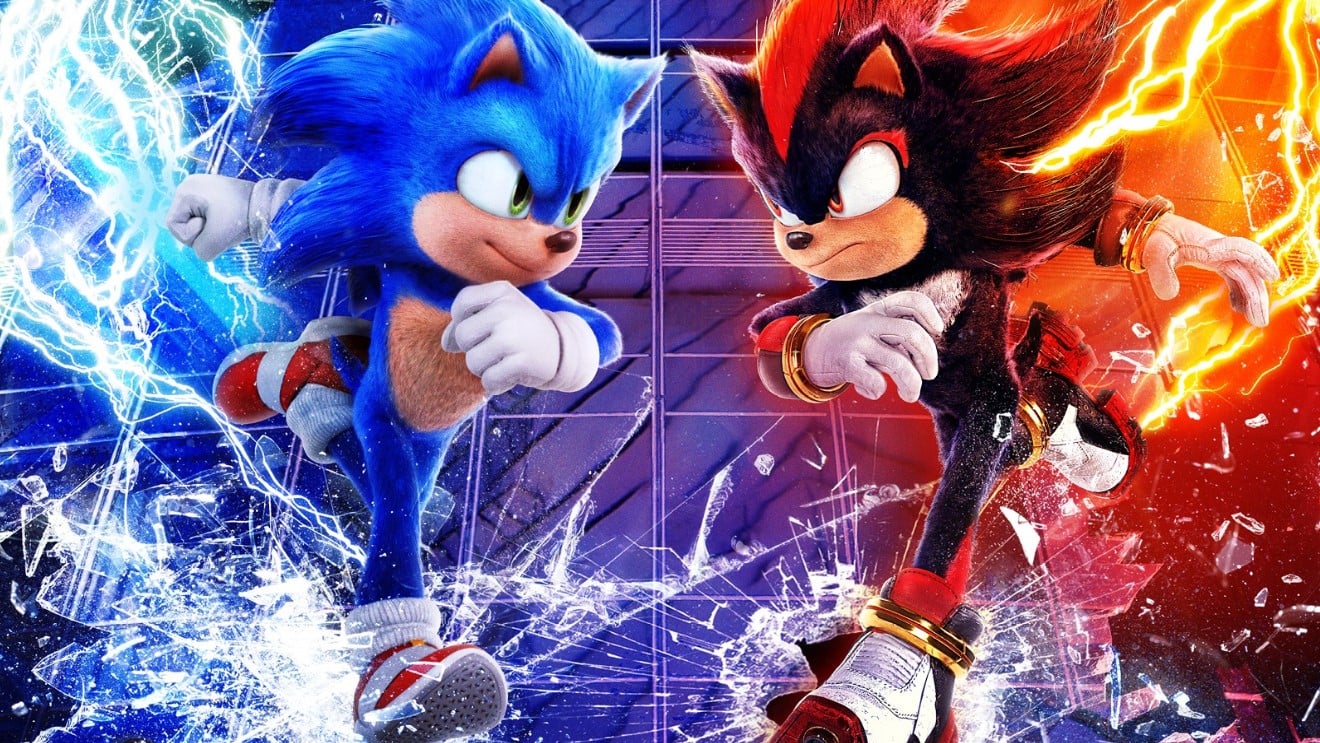I think wild heart It’s a very unbalanced game. I think some of the monsters you fight are too bland, and I think some of them are too spicy. I think the game loop is richer and chewier than comparable competitor Monster Hunter, and I think the vast majority of combat has more gristle than is entirely necessary. The game does a hard job of letting you know what’s really hidden deep in the experience, and the armor/upgrade ecosystem feels carelessly stuffed in – with no care or consideration for the end result – and to you It’s asking too much for what it offers in return.
However, I can’t stop playing it. It feels like eating sausage; the game is filled with more mechanical offal than a butcher’s worst trash can, yet it’s inexplicably Moorish and delicious. You could liken Monster Hunter to a master class in haute cuisine; an expensive but reliable plate, refined and seasoned to perfection. House d’Capcom’s executive chef’s special, you’ll go back every year to see what new crap ideas the studio has added to the recipe.
Koei Tecmo and Omega Force (you might recognize them from the “comfort food” series, Dynasty Warriors) go in a different direction in Wild Hearts. All filler, no killers – the empty carbs of the video game world. It is equivalent to the interactive entertainment of “eating bread”. It’s mindless, but fulfilling — the kind of thing you might waste time on completely by accident. It’s like binge watching a series you’re not even particularly fond of, but keep watching TV “because it’s on”.
Erratic game loops and stuttering cameras aside, there’s a lot to take into consideration when you’re filling your face with Ritter Sport bars and enjoying the Wild Hearts experience. If you want decent, well-paced, and fun combat, go back to Monster Hunter. It does everything Wild Hearts does, but better — except for one area where EA Original experimented better than Capcom. That is food.
You see, in Monster Hunter you’re tasked with eating a meal before each hunt – in World it’s a giant barbaric roast, in Rise it’s a few sticks of gnocchi (a kind of rice dumplings) flour mixed with uruchi rice flour and glutinous rice flour). Monster Hunter lets you choose your flavors, gain buffs and laugh at your meals before you go – lets you have dinner with friends and skin some poor lizards before you go so you can craft a new hat.
Wild Hearts does it differently by putting control of the entire farm-to-plate pipeline directly in your hands. Whether you’re picking brown rice in the field or marinating eggplant in specially purchased sake vinegar for a big fight, the food is up to you. And it’s all very complicated to set up. Depending on where you build certain contraptions, you can catch different kinds of fish – some work better with salt, others are better ground into a paste and spread on vegetables… who knows!
Once you clear the game’s second real boss, the flighty and too-big-for-its-arena holy bird Amaterasu, the game really starts to show its teeth. The next two objective fights–an angry fire peacock and an almost impossible wind tiger–will mess you up in seconds. Even the best gear and some powerful weapons from the first part of the game won’t do much against this pair of bastards. what do you need? food.
It turns out that drying and salting about 20 servings of vegetables, then mixing them with cured and smoked fish, is the key to winning. Different ingredients (and different preparation techniques) will give you different buffs and resistances in the heat of battle. For some reason, smashing a handful of salt makes you an easier target for monsters, while eating high-quality vegetables makes you more punishable. Just like in real life.
Figuring out what makes you most resistant to a peacock’s white-hot flames – and swallowing it wantonly – is, as far as I know, one of the surest ways to ensure you can withstand more than one peacock’s most provocative rage One is based on attack. Swapping out more fire-resistant armor might help, too, but the full cycle of killing, harvesting, upgrading, and equipping all of that could take five or six hours per battle. Unlike real life, cooking takes far less time.
There’s something idyllic and cheery about riding your bike around the game’s map and checking out all the various pickling pots, fishing machines, drying racks, smokers, and fermenters. Doing some sourcing, sorting, prepping, and combining your ingredients is really engaging–more fun than grinding away monsters that have a habit of fleeing to the other side of the map after you hit them twice.
The food reflects one of my main frustrations with Wild Hearts: some really good ideas – new to the genre, that really work in a hunting setting – but diluted and drowned out by poor optimization and implementation. It’s like going to your favorite meal but having to substitute your favorite ingredient for whatever light, processed crap was on sale at the store that day – you order raclette cheese but get Dairylea Dunkers instead. Everything seemed to be there, on the plate, ready to be enjoyed…but somewhere, something left a bad taste in your mouth.
Wild Hearts launches on PC, PS5, and Xbox Series X/S on February 17, 2023. You can check out our Wild Hearts review at the link.

.jpg/BROK/thumbnail/1200x630/Wild-hearts-mon-hun-(1).jpg)









